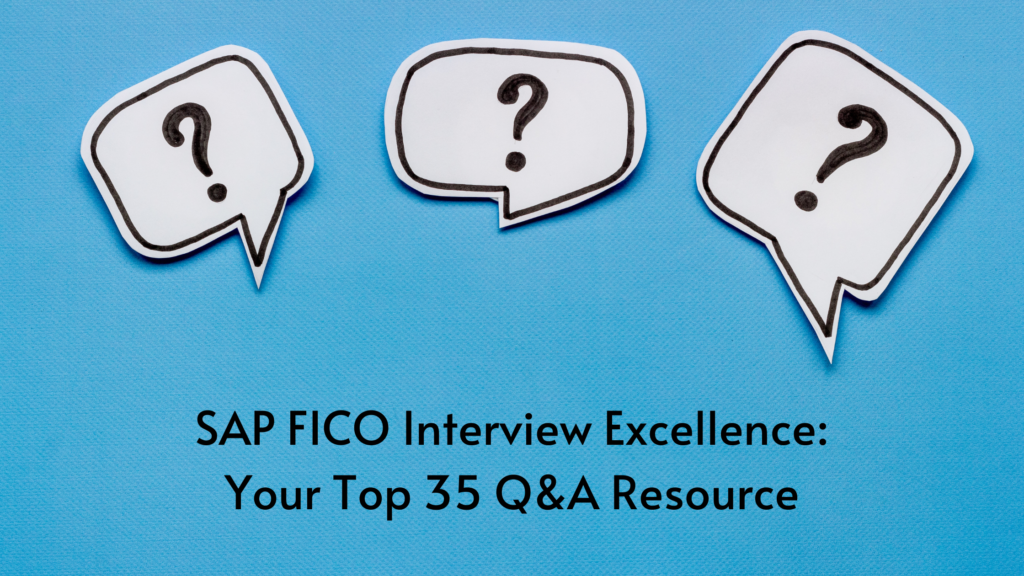Why is Data Preprocessing Essential in Machine Learning?

Consider a scenario similar to working on a college assignment without clear instructions or the topic’s main idea. In such a situation, completing the assignment becomes a daunting task due to the lack of well-presented raw information. The same principle applies to Machine Learning. If the Data Preprocessing step is omitted when implementing a machine learning algorithm, it can significantly impact the final stages when applying the dataset to your algorithm.
Data preprocessing plays a pivotal role in ensuring data accuracy, which, in turn, prevents adverse effects on your machine learning algorithm in its final stages.
Steps in Data Preprocessing:
- Library Importation: The first and foremost step in data preprocessing within the context of machine learning involves importing specific libraries. These libraries are essentially collections of functions that can be called upon and used within the algorithm. Numerous libraries are available in various programming languages to aid in this process.
- Data Loading: The subsequent critical step is loading the data that will be utilized in the machine learning algorithm. This is undeniably one of the most crucial preprocessing steps in machine learning. The collected data is imported for further evaluation.
Once the data is loaded, it’s imperative to scrutinize it for noisy or missing content.
- Handling Missing Values: During the evaluation of the loaded data, it’s crucial to identify and address any missing values. When missing values are detected, there are typically two methods to resolve this issue:
- Remove the entire row containing a missing value. However, this approach might result in the loss of valuable data, making it suitable for large datasets.
- Estimate the missing value using statistical measures such as the mean, median, or mode.
- Data Transformation: Machine learning algorithms predominantly comprehend numeric data. Therefore, it’s imperative to transform non-numeric data into numerical form to prevent complications in subsequent stages. The LabelEncoder() function can be utilized to perform this conversion.
- Scaling: Scaling is a crucial technique used to convert data values into smaller, standardized ranges. Rescaling and standardization are commonly employed methods for scaling data.
- Data Splitting into Training, Validation, and Evaluation Sets: In the final step, the data is divided into three distinct sets:
- Training: This set is used to train the data.
- Validation: It serves the purpose of validating the data.
- Evaluation: This set is meant for evaluating the data.
These well-defined sets facilitate the efficient training, validation, and evaluation of machine learning models. By diligently following these preprocessing steps, you pave the way for more accurate and effective machine learning outcomes.”
This revised version provides a concise yet comprehensive overview of the importance of data preprocessing and the steps involved, making it more reader-friendly.
Certainly, here are some examples of data preprocessing steps presented in a tabular form:
| Data Preprocessing Step | Description | Example |
| Data Cleaning | Identify and handle missing data, outliers, and duplicates. | – Removing rows with missing values.<br/> – Detecting and addressing outliers. |
| Data Transformation | Convert data into a suitable format, often numeric, for machine learning algorithms. | – Encoding categorical variables into numerical format (e.g., one-hot encoding).<br/> – Scaling features to a common range (e.g., 0 to 1). |
| Feature Selection | Choose relevant features and eliminate irrelevant ones to improve model efficiency. | – Selecting essential features based on domain knowledge or feature importance scores. |
| Data Splitting | Divide the dataset into training, validation, and evaluation sets for model development and testing. | – Splitting data into 70% training, 15% validation, and 15% evaluation sets. |
Here, each step of data preprocessing is described, and an example of what that step may involve is provided. This tabular format offers a clear and organized way to understand the key aspects of data preprocessing.
Optimal Approaches
When it comes to data preprocessing in machine learning, following these best practices is key:
- Data Cleaning:
- Detect and address missing values or noisy data that could jeopardize the integrity of your dataset.
- Data Categorization:
- Categorize your data, as machine learning algorithms typically operate on numerical values. This step is crucial to avoid complications later in the process.
- Data Reduction:
- Streamline your data by reducing its complexity and organizing it in a way that aligns with your data processing objectives.
- Integration:
- Seamlessly integrate your dataset, preparing it as the raw material for processing within your machine learning algorithms.
In Summary
Data preprocessing stands as a crucial component within the realm of data science, particularly in the context of machine learning models. By meticulously refining raw data before presenting it to machines, we elevate the prospects of achieving heightened accuracy and superior results. This, in turn, bolsters the overall performance and efficiency of our machine learning models, setting the stage for data-driven success.



